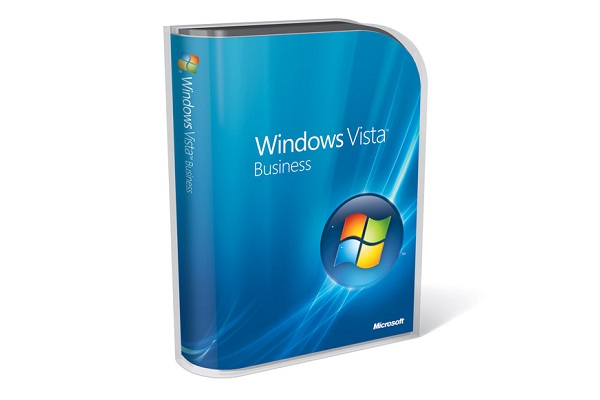Microsoft Windows Vista review
Window's XP's replacement is finally here. We delve deep into the new OS to see if it's worth upgrading?

It's by no means perfect, but the improved security, search and look-and-feel make Vista an obvious upgrade for anyone whose hardware will support it. But only if you can afford the high price.
Tracking reliability
Hidden away in the Control Panel, there's a new console to help track down system problems. This includes a much-extended resource monitor and a reliability monitoring graph that tracks your system's stability over time. Starting at a nominal ten, the system's "score" is reduced each time there's a problem - a failed driver install, application hang or blue screen. Over time, it then creeps back up towards ten, visually indicating how stable your system has been. More usefully, it shows exactly which applications have gone wrong and when. There's also the Problem Reports and Solutions tracking utility that can be set to notify you in case there's a known solution. This should prove a real boon.
However, we have some reservations around Vista's stability: it's impossible to be definitive at this stage about whether the graphical and audio glitches, networking issues and all-out system crashes we've seen are fundamental problems that will need patching from Redmond or, as we suspect, are rogue driver or application issues. By the time Vista hits the mainstream, though, we expect most of these problems to be resolved.
DirectX 10
DirectX 10 will only be available for Windows Vista. By making it exclusive to its new operating system, Microsoft is clearly hoping to entice gamers to upgrade and take advantage of what could finally be "cinematic gaming" - the industry jargon for games that look so good you could be watching a film.
Although DirectX 9 offloads a lot of work from the CPU to the GPU on the graphics card, the CPU still has to do more graphics-related work than games developers might like. DirectX 10 introduces a more generalised graphic architecture, meaning developers won't have to fall back on CPU programming as often as they currently do. This leaves the CPU free to handle other game-related functions such as AI.
DirectX 10 works in concert with the new hardware architecture of the very latest graphics cards, which unify the old system of separating pixel-shader and vertex-shader operations into one super-flexible graphics pipeline. This will make it much easier to add details to objects, more realistic animation and real-time motion blur, for example. The end result will certainly be more immersive games.
But there are two potential stumbling blocks: to reap the benefits of DirectX 10, you'll need a graphics card that supports Shader Model 4, which currently means Nvidia's 8800 series (see issue 147, p49 for our round-up of suitable cards). Plus, you'll need to wait for the games to actually appear, or for DirectX 10 updates to existing games. The most anticipated game is Crysis, but this won't arrive until April at the earliest.
Get the ITPro daily newsletter
Sign up today and you will receive a free copy of our Future Focus 2025 report - the leading guidance on AI, cybersecurity and other IT challenges as per 700+ senior executives
-
 InfoComm 2025 Best of Show Awards are now open for entries
InfoComm 2025 Best of Show Awards are now open for entriesSubmissions are open until the closing deadline of May 30
By ITPro Published
-
 M&S calls in NCSC after 'cyber incident' disrupts customer payments, online orders
M&S calls in NCSC after 'cyber incident' disrupts customer payments, online ordersNews Retail giant Marks & Spencer (M&S) has revealed it has been dealing with a “cyber incident” in recent days and apologized to customers amid disruption complaints.
By Ross Kelly Published
-
 Microsoft says workers should believe the hype with AI tools: Researchers found Copilot users saved three hours per week sifting through emails, gained more focus time, and completed collaborative tasks 20% faster
Microsoft says workers should believe the hype with AI tools: Researchers found Copilot users saved three hours per week sifting through emails, gained more focus time, and completed collaborative tasks 20% fasterNews Using AI tools paid dividends for some workers, but alternative research shows it could create problems for others down the line.
By Ross Kelly Published